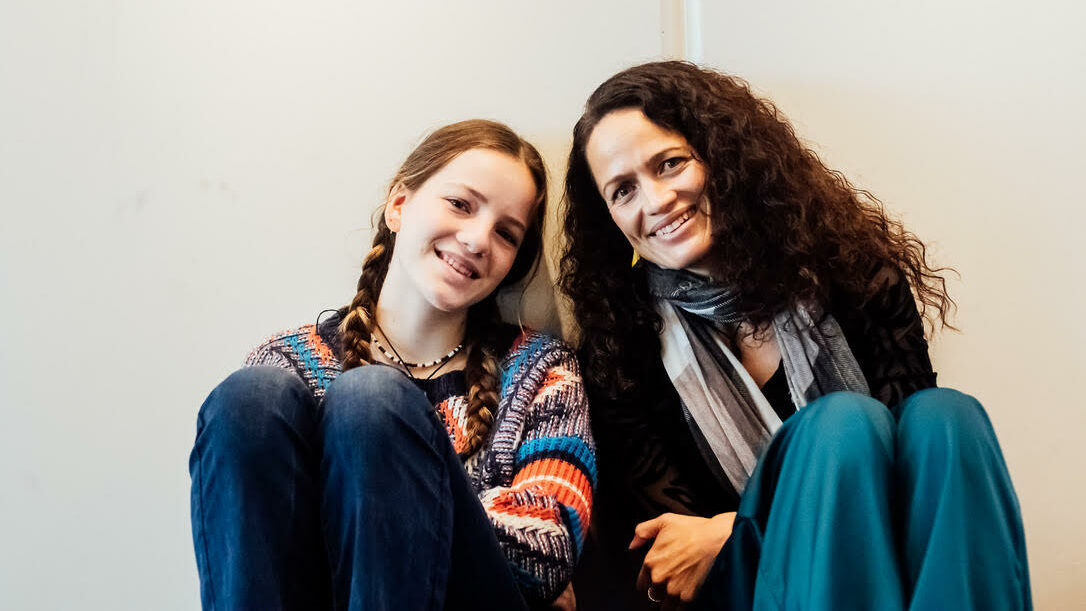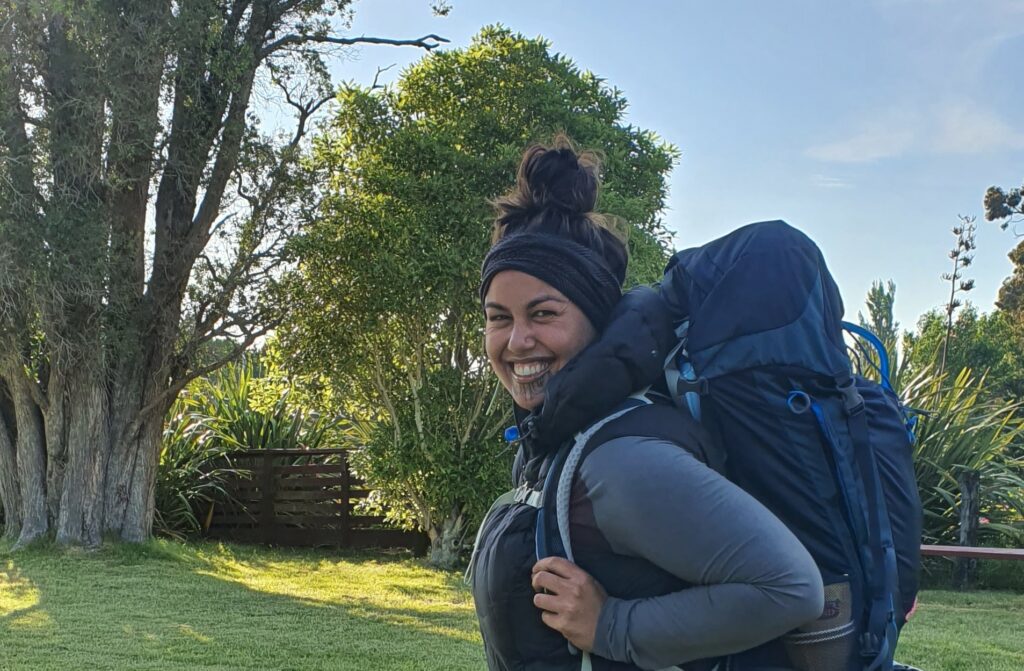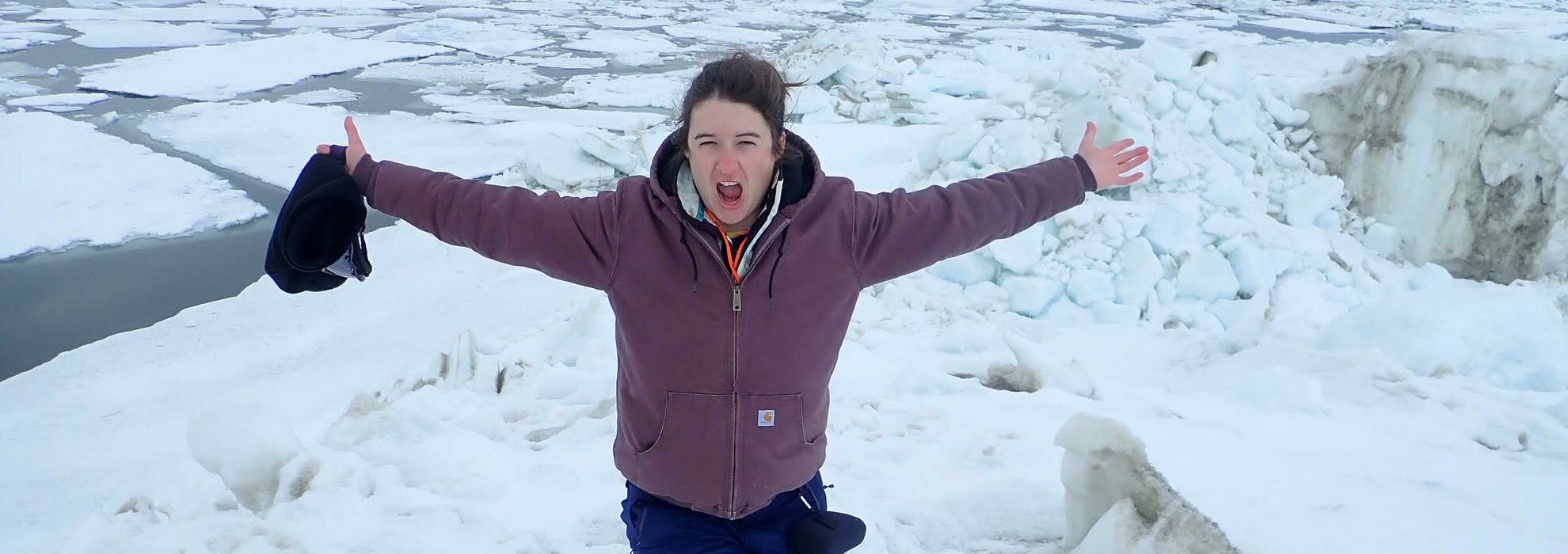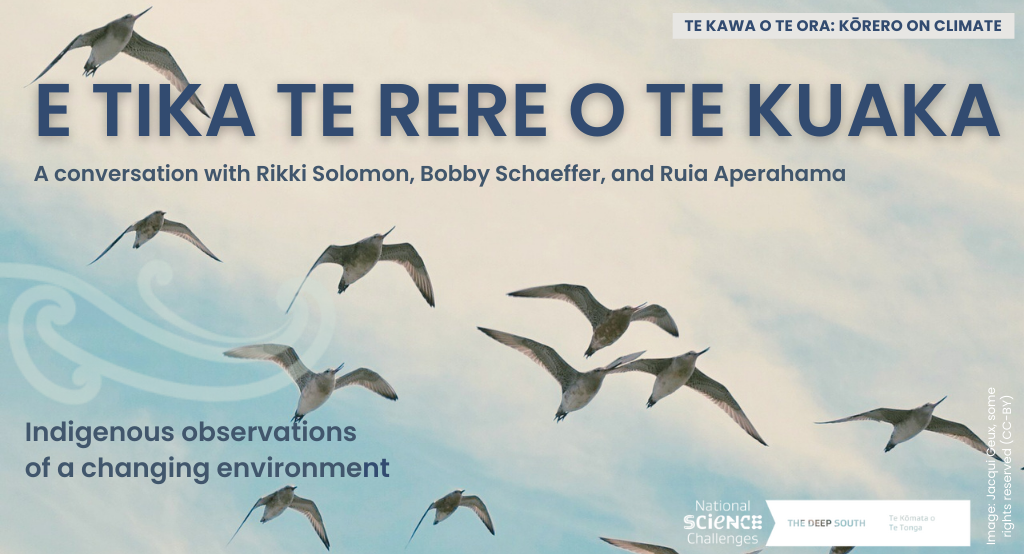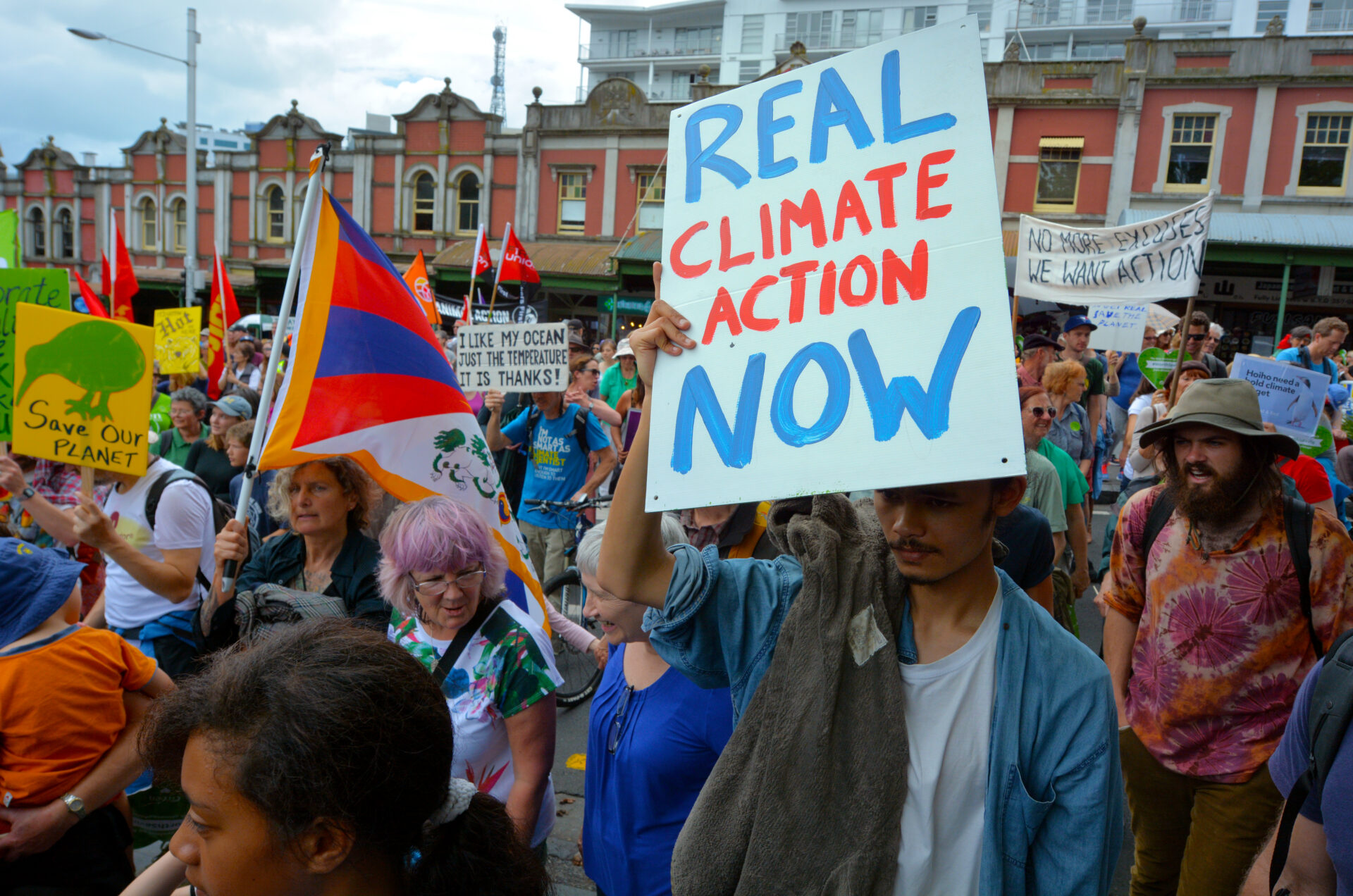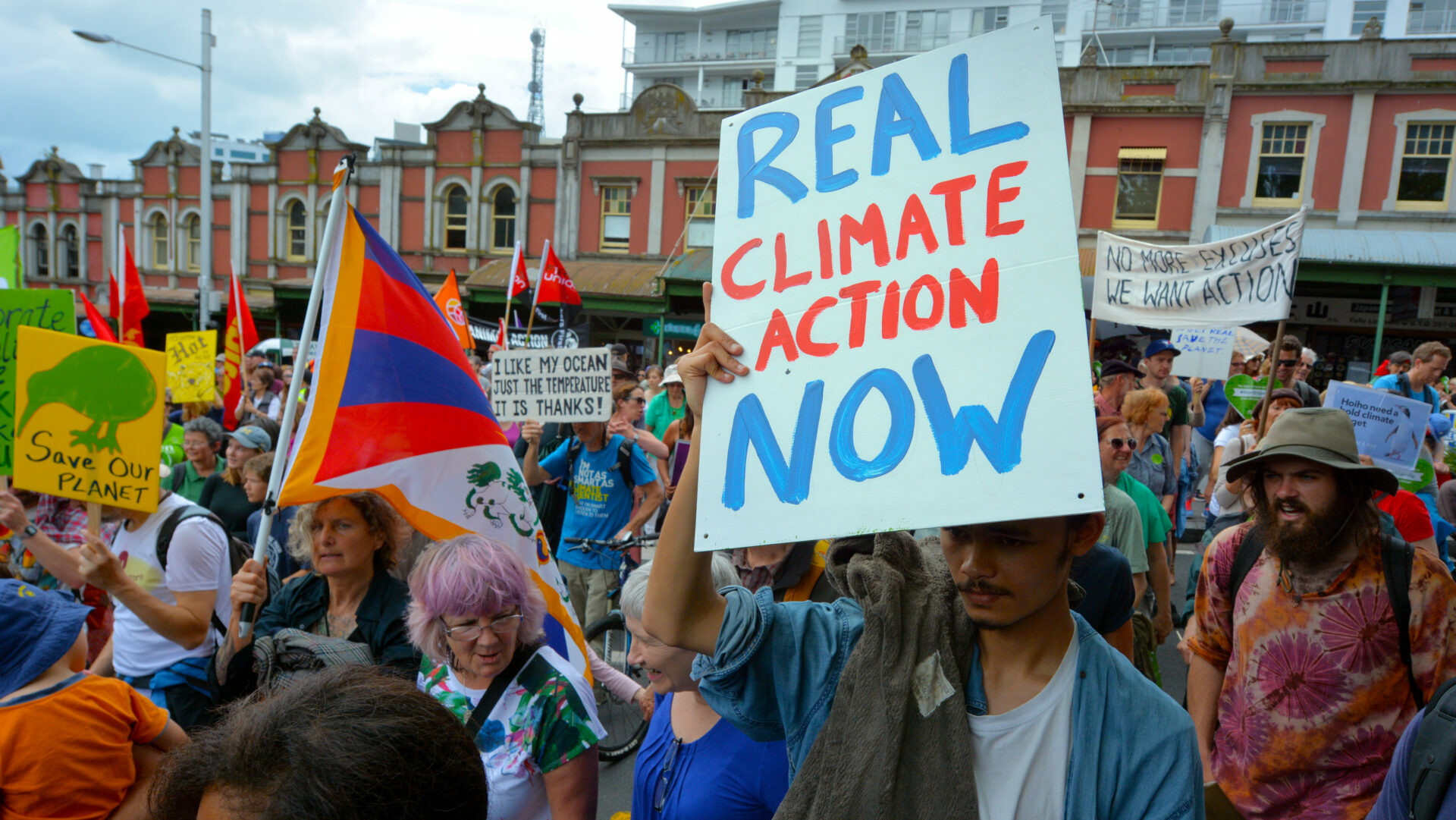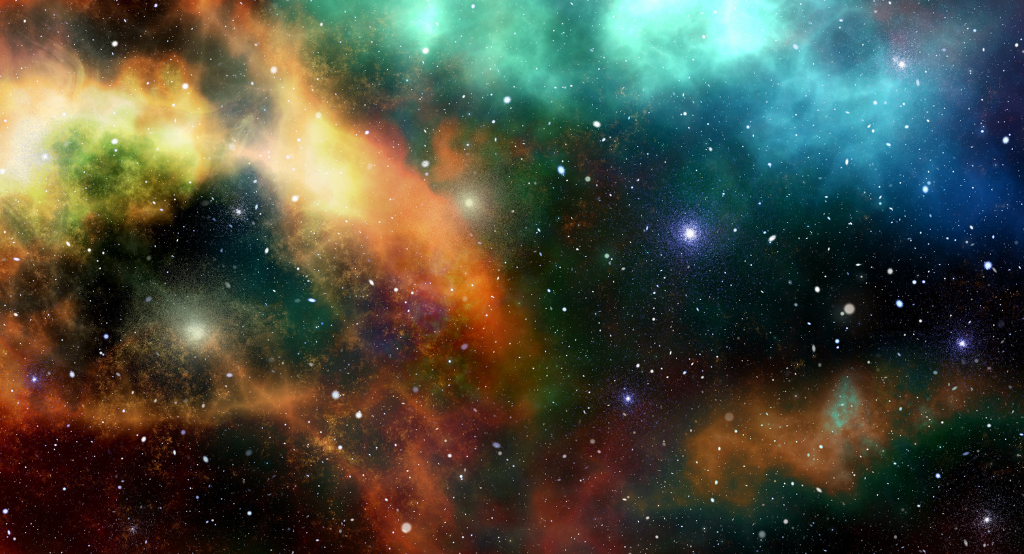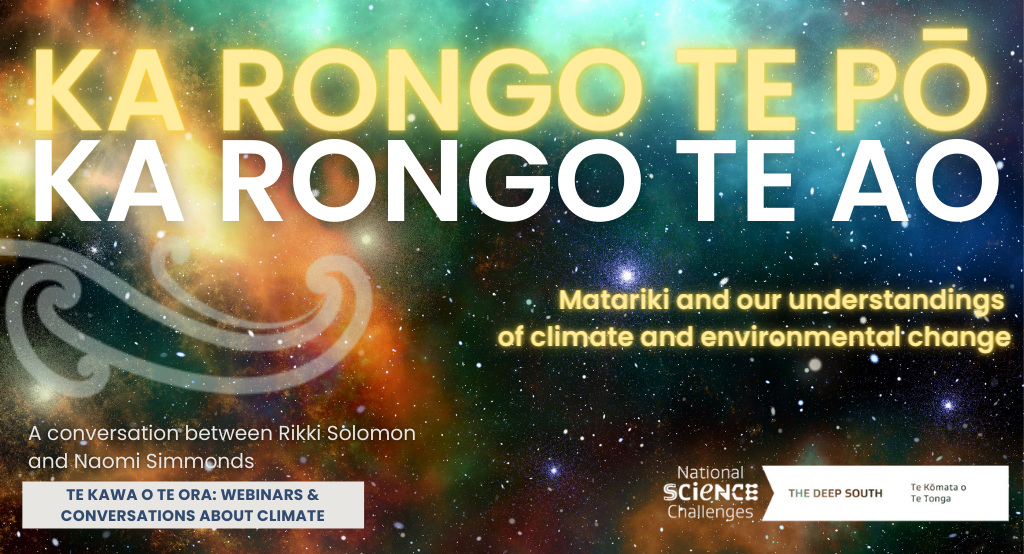How are the eleven National Science Challenges (Challenges) meeting the needs of their stakeholders? Results from interviews suggest we are on the right track.
Every two years Kanter Public, on behalf of MBIE, interview stakeholders from across the Challenges to assess how we are progressing. Each Challenge receives a summary of its own progress alongside an overview of the collective progress of the Challenges. The findings of the 2022 research demonstrate that collectively the Challenges have sustained good relationships with their stakeholders.
Stakeholders hold leadership and researchers in very high regard for their skills, knowledge, expertise, collaboration, cultural competence, and engagement. They demonstrate open, transparent, and respectful ways of working. These working relationships and networks are valued, and stakeholders hope they will be sustained.
KANTAR report
Across the board, stakeholders value the tailored partnership approach. There was an appreciation for research summaries that were accessible and timely. This sidestepped the slower process of academic publication.
While Māori involvement has become more central to the research process over time, there is still variability in how this is implemented, from no Māori involvement to Kaupapa Māori research that is Māori led and focussed on Māori outcomes and aspirations. Māori co-directors, and Kahui Māori (Māori advisory board) send a powerful signal that Māori partnerships, te ao Māori principles, vision mātauranga, and Māori research outcomes are highly valued and incorporated.
Room for improvement was identified in several areas, including:
- The need for increasing collaboration across Challenges.
- Communicating knowledge in a more accessible way for communities, iwi, hapū, Māori, and individuals.
- Increasing resourcing for Māori and Pasifika researchers.
- Deconstructing insititutionalised racism.
- Ensuring whānau data sovereignty.
- Ensuring that engagement with Māori is place based and geographically driven (mana whenua).
Stakeholders acknowledged the impact of Covid-19, with the most significant impact the loss of kanohi ki te kanohi face-to-face contact. The shift to online platforms had some advantages but led to a loss of personal connection.
With the Challenges coming to an end in 2024, stakeholders had questions about how progress will be built on and sustained beyond the end date.
The Deep South Challenge are seen as genuine and helpful
The Deep South Challenge (DSC) specific feedback broadly validated our approach. In particular, our stakeholders identified our approach to engagement as genuine and personable. DSC leadership is seen as extremely helpful and knowledgeable, contributing to a high level of trust and confidence amongst stakeholders.
Our website was identified as a great place to source information about our work. However, while there is no doubt about the high quality of research produced by the Challenge, stakeholders would like to see outputs become increasingly accessible to the public.
I think they’re setting a really good example for how to ‘meaningfully’ engage with Māori. I’ve never seen so much support towards iwi and hāpu leading their own research, and they don’t want another entity, or another Crown Research Agency engaging with Māori. They want Māori engaging with Māori, which prevents misconceptions of our knowledge when others articulate our mātauranga. So Māori’ communities’ are governing, creating and leading the their own research ideas and inviting others to join where it is appropriate and useful.
Stakeholder feedback
Stakeholders identified DSC as a good example of what it is to put te ao Māori as a central focus. Our update on our Vision Mātuaranga programme shows how we are implementing this. However, there is still room to improve, including by expanding our networks in te ao Māori and increasing resources to support Māori engagement.

